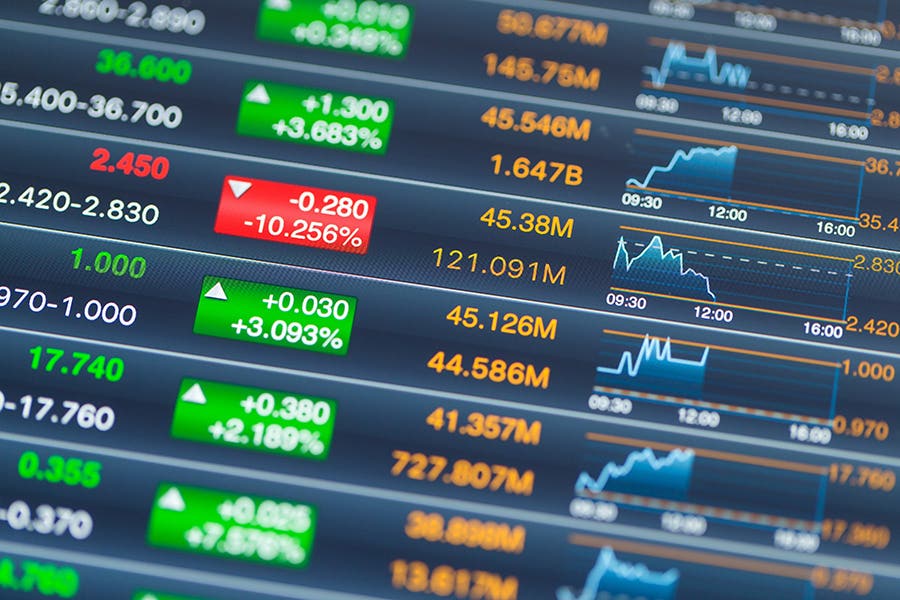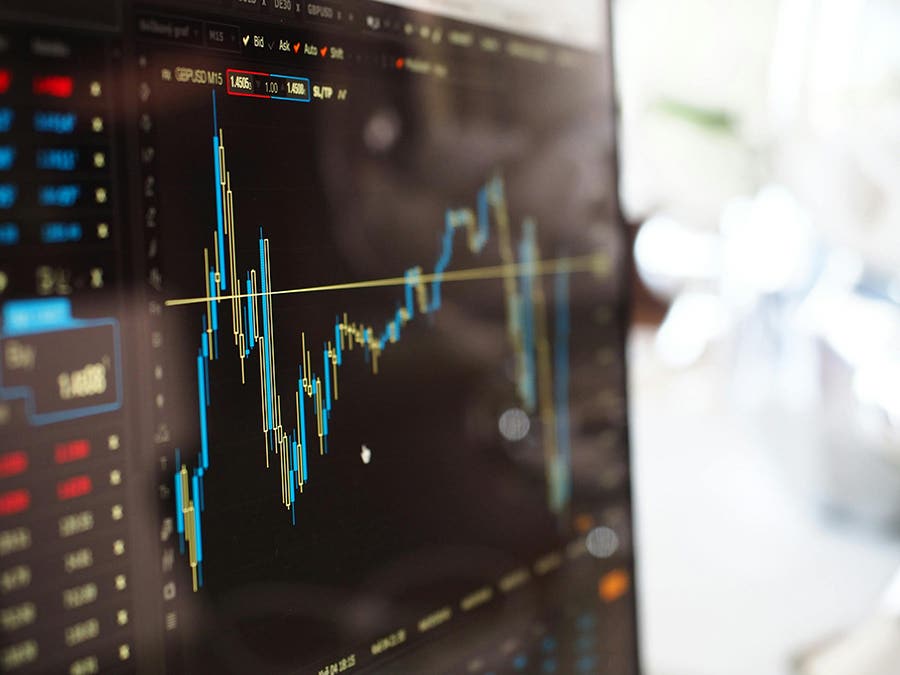Ominous Parallels from the Great Recession
Author Note: The following is excerpted from the Oct. 6, 2021, issue of Liberty’s Outlook, a publication I write for Liberty Coin Service. The headline of the March 12, 2008…
Author Note: The following is excerpted from the Oct. 6, 2021, issue of Liberty’s Outlook, a publication I write for Liberty Coin Service.
The headline of the March 12, 2008 issue of Liberty’s Outlook could almost be repeated now. It read:
“Desperate Moves By The Federal Reserve And Other Central Banks Force Investors To Ask –
Are We On The Brink Of Imminent Soaring Inflation?
Is The U.S. Dollar At A Risk Of Collapse?
Does The World Economy Face Worst Depression Since 1930s?”
Even though the Great Recession actually began in 2007, most people think of it as starting on March 16, 2008 when JPMorgan Chase bought Bear, Stearns out of bankruptcy.
From September 31, 2007 to March 20, 2009 the Dow Jones Industrial Average plummeted 47.3%!
Precious metals prices were rising long before Bear, Stearns failed. From December 31, 2007 through March 11, 2008, gold increased 16.4%, silver soared 32.6%, platinum rose 33.4%, and palladium leapt 32.1%.
In 2008, the price of gold peaked two days after the Bear, Stearns collapse when it closed on the COMEX on March 18 at $1,003.25. The price of gold had topped the $1,000 level for the first time ever the day before. (By the way, in the January 2, 2008 issue of Liberty’s Outlook I predicted that gold would top $1,000 by March 10. I was 7 days premature.)
Silver’s price peaked that year on March 5 at $20.69.
After the failure of Bear, Stearns, the US government and Federal Reserve started to massively increase bailouts and subsidies. They became even more aggressive at spending money when Lehman Brothers failed on September 15, 2008. In early October, Congress passed a $700 billion “bailout bill” to rescue troubled financial institutions. By the end of 2008, over $8.5 trillion in bailouts and subsidies had been approved.
As part of the support to the financial markets, the Federal Reserve also increased its balance sheet. On September 10, 2008 the Fed had a total of $925.725 billion of assets. By December 17, 2008 total assets had soared to $2.254,983 trillion, an increase of 143.6% in only 14 weeks!
Part of the US government and Federal Reserve’s tactics to save the teetering financial system was to suppress gold and silver prices. Gold fell from its peak on March 18 to November 13 by 28.7% to $715.00. Silver collapsed from its March 5 peak by 54.6% when it closed on October 28 at $9.39.
When gold and silver prices fell by such huge amounts, retail demand soared. At the most extreme, customers ordering 1 Oz Silver Ingots were told to expect a 4-month delay before they could be fabricated and delivered.
Of course, gold and silver experienced their greatest surge in prices once they passed their 2008 bottoms. Gold climbed to a peak COMEX close on September 2, 2011 at $1,873.75 (though the price topped $1,920.00 during intraday trading that day), an increase of 162.1%. Silver exploded to a COMEX close of $48.59 on April 29, 2011, a whopping rise of 417.5%!
Now jump to mid-September 2019 onward.
Soaring government spending, bailouts, and subsidies: Just over two years ago, the Federal Reserve began injecting liquidity into the US banking system through overnight “repo” loans. The Fed has now extended well over $10 trillion of these loans, some of which lasted for two weeks and some for six weeks. The Fed refuses to inform Congress (as required under the 2010 Dodd-Frank Act) about which banks have received these loans and for what amount.
The US government has already spent over one trillion dollars in subsidies to individual people and smaller businesses, in addition to trillions of other bailouts and subsidies to various sectors of the financial market. There are current efforts to increase the spending by more trillions of dollars.
Huge increase in Federal Reserve Bank assets. The Fed’s total assets have more than doubled since mid-September 2019, rising over 124% since then. Fed officials are planning for the Fed’s assets to continue increasing.
Rising precious metals prices followed by government price suppression. After the US government a huge spending program in March 2020, gold and silver prices rose significantly. Gold rose from $1,470.75 at the COMEX close on March 19, 2020 to $2,051.00 on August 6, a 39.4% increase.
Silver jumped from $11.74 on March 18, 2020 to $29.25 on August 10, a whopping rise of 149%!
Since those peaks, the US government and the Federal Reserve Bank have used their clout, along with allies such as the Bank for International Settlements, International Monetary Fund, primary trading partners of the Federal Reserve Bank of New York, the Treasury Department’s Exchange Stabilization Fund, and allied central banks to try to push down gold and silver prices.
Their suppression efforts have had less success than they did during the Great Recession. At today’s COMEX closes, gold was down just over 14% from the peak last August and silver is only down 23% from then. The relative failure to push prices down further is actually a signal that the US and world economy is in even more precarious condition today than it was going into the Great Recession.
If the precious metals trading pattern following the Great Recession repeats, gold and silver prices could rise multiples of where they are now within the next few years.
Patrick A. Heller was honored as a 2019 FUN Numismatic Ambassador. He is also the recipient of the American Numismatic Association 2018 Glenn Smedley Memorial Service Award, 2017 Exemplary Service Award, 2012 Harry Forman National Dealer of the Year Award and 2008 Presidential Award. Over the years, he has also been honored by the Numismatic Literary Guild (including twice in 2020), Professional Numismatists Guild, Industry Council for Tangible Assets and the Michigan State Numismatic Society. He is the communications officer of Liberty Coin Service in Lansing, Mich., and writes Liberty’s Outlook, a monthly newsletter on rare coins and precious metals subjects. Past newsletter issues can be viewed at www.libertycoinservice.com. Some of his radio commentaries titled “Things You ‘Know’ That Just Aren’t So, And Important News You Need To Know” can be heard at 8:45 a.m. Wednesday and Friday mornings on 1320-AM WILS in Lansing (which streams live and becomes part of the audio archives posted at www.1320wils.com).








